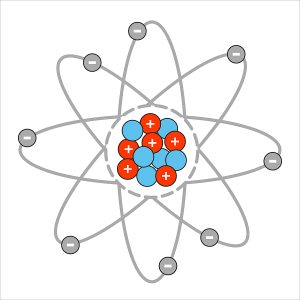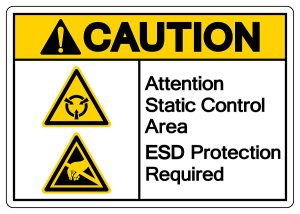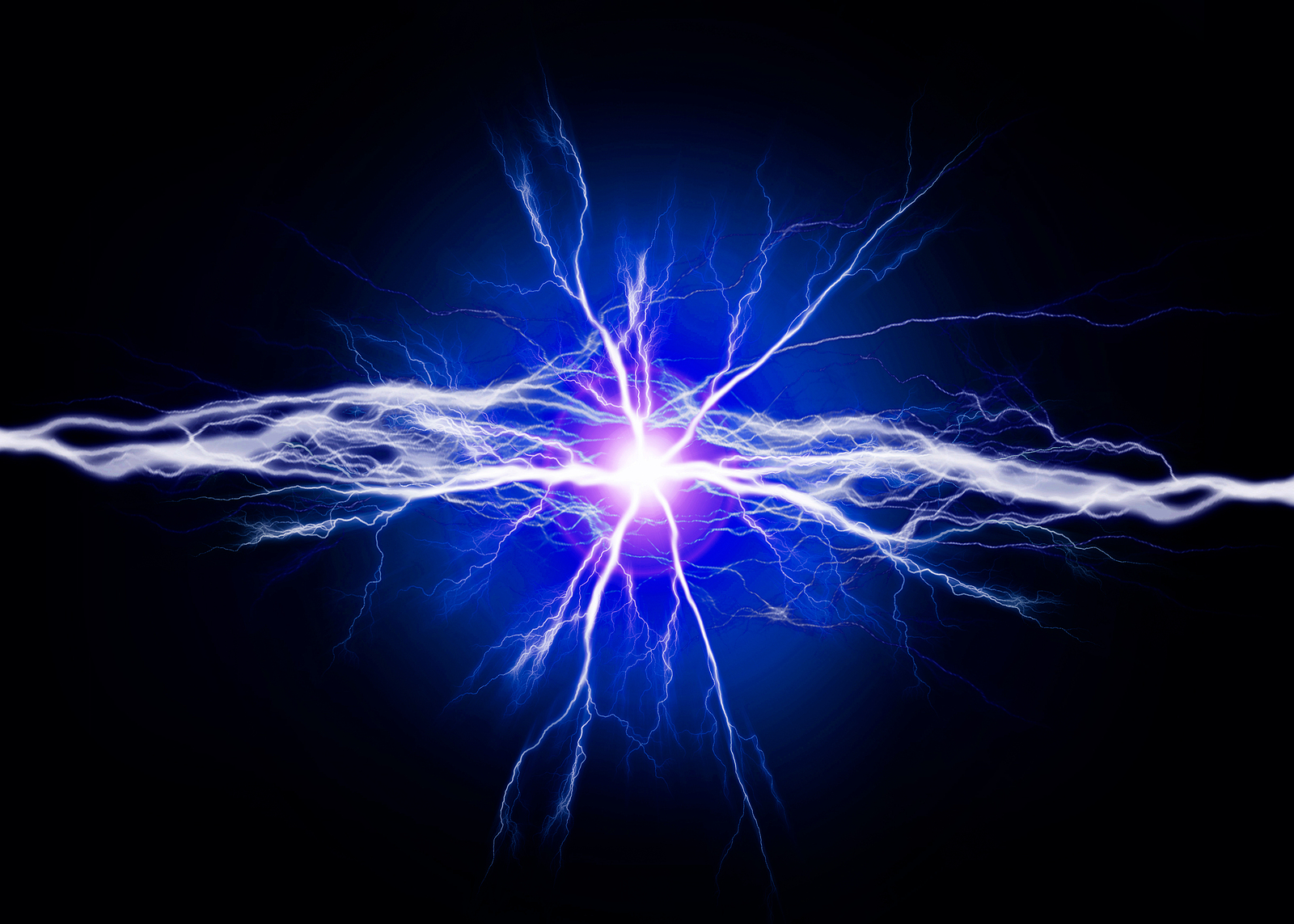Manufacturing really is the culmination of science, technology, engineering, and mathematics (STEM). So, let’s go back to the classroom and talking science. More specifically, the science of static electricity.
What is an atom?

To understand static electricity, we need to understand atoms. Atoms are in everything around you; all physical items (except energy) are made of atoms. Particles make up atoms, the three largest particles being protons, electrons, and neutrons. Atoms also have a central core called a nucleus. We won’t go into all the details but if you’re interested, you can find out more information about atoms here.
Protons have a positive charge; electrons have a negative charge; and as you could have guessed, neutrons have a neutral charge. This means that if all things are made of atoms, then all things have charges. Normally, these charges (the electrons and protons) which are on the surface of an object, balance each other out. This is why most objects are electrically neutral. However, an imbalance in the charges occurs when two surfaces rub against each other, causing friction. This friction energizes electrons causing them to leave the surface of one object and move to the surface of another. This causes in imbalance of negative of positive charges on the objects’ surfaces. This imbalance in charges is Static Electricity.
It’s important to note that not all materials, objects, or surfaces have similar electrons. For instance, water and metal are conductors. Conductors have loosely bound electrons, and these tend to transfer more easily. On the other hand, plastic, rubber, and glass are insulators. The electrons of insulators are more tightly bound, meaning they don’t jump to other surfaces easily.
The Balloon & Your Head Trick

Let’s look at an example to understand this a little bit more. We’ll use a well-known ploy used to produce static electricity – a balloon rubbed on your head.
A balloon is made of rubber and rubber is an insulator. Therefore, the balloon has tightly bound electrons. However, human hair is not an insulator; it’s a conductor. This means the electrons from hair easily move. Rubbing a balloon on your head excites the electrons in your hair and they transfer from your hair to the surface of the rubber balloon. However, once the electrons land on the surface of the balloon, they do not move across the surface. This creates an imbalance in charges on the balloon’s surface. The balloon now has more electrons than before and becomes negatively charged (remember electrons have a negative charge). On the other hand, the hair has fewer electrons than before and is therefore more positively charged than before. This imbalance between positive and negative on the two surfaces (balloon and head) creates static electricity.
Static Electricity in Manufacturing

While the balloon example is a fun example of static electricity, it’s not always fun. Static electricity can also be dangerous. In fact, manufacturing facilities of all types are concerned with static electricity. Manufacturers work with a variety of materials – some conductors, and some insulators. Due to this, and the relative ease of electron transfer between surfaces, electrostatic discharge (ESD – the “shock” you feel when static electricity occurs between your fingertip and another surface) is of utmost consideration. ESD can ignite flammable mixtures, damage electronic components, attract contaminants to cleanroom environments, and cause products to stick together. To combat this, manufacturers take additional steps to ensure the safety of their workers and the quality of their product. This includes ESD clothing, antistatic wrist straps and ground bracelets, ESD mats, and even zero charge cleaners and hand lotions.
Interested in learning more? You can find more How It’s Made articles on PMG’s website.








